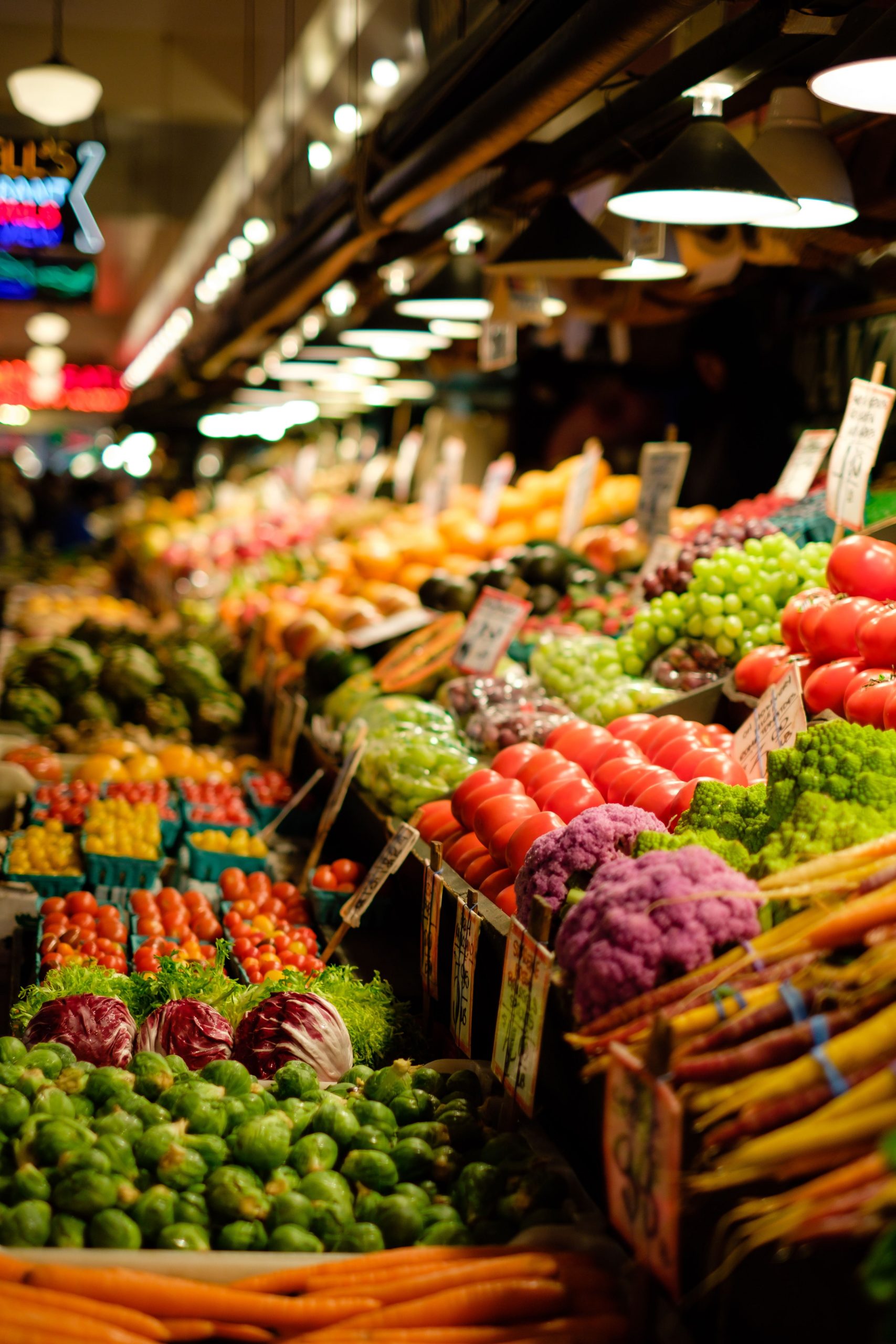Here we explore the problem of wasted food at retail groceries and restaurants, and how AI-led demand forecasting eliminates much of that excess.
For example, at the retail grocer, AI tools automate stock replenishment and identify products nearing the end of their shelf lives, which is especially critical for highly perishable items such as dairy and meat that can cross-contaminate other foods.
And in the restaurant, where served food goes uneaten and stored food goes unordered, AI-based solutions cut waste by reducing excess preparations, suggesting appropriate serving sizes, monitoring products for expiration, optimizing food inventory, and more.
There are many reasons food is wasted, including:
- Modern consumer appetites driving an ever-expanding array of products, foodstuffs, and cuisines
- Overstocking and overordering
- Unmonitored expiration of perishables
- Rejection of food that doesn’t meet high aesthetic standards
- Damaged or imperfectly packaged items
- Improper storage and handling practices
- Oversized portioning
- Food preparation byproducts such as trimmings and peels
- Poor menu planning and ineffective inventory management
- Inefficient kitchen practices
Read on to see why grocery retailers and restaurants definitely should adopt an AI technology-driven approach to curbing food waste.
The Economic Impact of Food Waste
So: What are the “costs” of food waste? From the grocery retailer’s and restaurateur’s perspective, the number one cost is … cost.
In the U.S., where 30 to 40 percent of the food supply is wasted—roughly 66 million tons of food waste in 2022—these costs come directly out of the bottom line: retailers give up to four percent of their revenues. That is a considerable portion given the narrow margins in both groceries and restaurants. The cost includes money spent on the food itself as well as the additional costs of processing (moving, composting, trashing, etc.) it.
There are also less obvious costs. For example, by not doing a better job limiting food waste, groceries and restaurants miss the chance to be perceived as more “green,” which is a powerful attractant for a great many customers.
And of course, food rotting in landfills releases methane, the most powerful greenhouse gas—so it’s in everyone’s best interests to avoid that. Some retailers donate excess food, turn it into compost, reprocess it into other products, etc. But the cost of preserving it, managing the logistics, following industry regulations and state laws, etc. are considerable. Consequently, grocers and restaurants often send their excess food directly to landfills.
AI-Based Demand Forecasting Curbs Food Waste at the Retail Grocery
Gain a Wholistic View
AI-powered demand forecasting software moves retailers from segmented to cohesive forecasting. It identifies market trends and discovers deeper insights into the data. Accurate and agile predictions minimize losses, identify new sales opportunities, and avoid food waste at the earliest possible stage.
Different cultures and trends pose their own unique challenges, of course, but AI-led demand forecasting analyzes and accommodates those as well.
Optimize Replenishment
Cutting-edge demand forecasting tools predict demand right down to the item level. They anticipate replenishment needs based on current stock levels, seasonality, product lifecycle, selling pattern, inventory availability, projected waste, and many other factors.
Many retailers have automated replenishment systems. However, traditional replenishment systems cannot adequately manage the fast-changing retail grocery world with its variable local demands, changing tastes, weather, and varying prices.
Accurately Predict Shelf Life
Producers provide “expiration” or “best by” dates as their best estimate for when products are no longer at peak freshness. These dates have nothing to do with food safety.
AI systems analyze various factors including temperature, humidity, and product packaging, enabling retail grocers to order or produce products with enough time for sale and consumption.
Bread is a striking example of waste due to its short shelf life. One-third of the baked rolls produced in the US go unsold and uneaten. Considered in volume, it is the country’s biggest source of food waste.
Take Advantage of Dynamic Pricing
Automated replenishment partially addresses the issue of unsold perishables by matching the stock purchases with the sales forecast, but retail grocers need real-time dynamic pricing solutions to further prevent waste of in-store food in danger of expiring. Such well-timed, targeted markdowns are extremely effective in reducing waste and capturing otherwise lost revenue.
Optimize Inventory to Avoid Overstocking and Understocking
Understocking often leads to dissatisfied customers, while overstocking is costly.
Inventory optimization software’s predictive analytics maintain accurate stock levels and drastically reduce under- or over-supply in the stockroom and on the shelves, while real-time inventory management optimizes orders to the distribution center and prevents perishable items from being brought to the floor too early.
AI-Based Demand Forecasting Curbs Food Waste at Restaurants
Create Appropriately Sized Recipes at the Right Time
Inaccurate recipe sizes result in waste. AI solutions compare recipes with the preferred “ideal sizes” and alert restaurateurs about deviations before they become costly mistakes. These solutions learn to eliminate more surplus and waste over time.
Menu item rotation is tricky, often determined by the restaurant manager’s experience. AI-powered solutions quantify and evaluate a range of parameters—profit margins, evolving customers preferences, leftover counts, and more—to make data-driven menu rotation recommendations that refresh the customer experience, maintain profitability, and reduce food waste.
Same goes for planning daily, weekly, seasonal, and holiday specials. A data-driven approach enables restaurants to understand, and meet, customers’ evolving tastes across all categories, thus minimizing wrong choices and waste.
Optimize Inventory
Maintaining the right inventory is among a restaurant’s biggest challenges. Getting it wrong is one of its gravest pitfalls.
AI-powered inventory optimization software analyzes historical and current data to optimally manage your immediate and future inventory requirements.
That’s just one of the many reasons why .
Take the Next Step
Work with Impact Analytics, the only AI-led retail planning company to make Fortune’s list of America’s Most Innovative Companies.
To turn data into actionable insights that reduce waste and drive profitability—and make the most of the planet’s limited resources and reduce greenhouse gas emissions—check out the following:
Impact Analytics InventorySmart™: AI-powered inventory planning software that meets service levels, minimizes inventory
Impact Analytics PriceSmart™: AI-powered retail price optimization software that automates the full lifecycle pricing process
Related blog: How Improved Forecasting and Planning Drives Meaningful Environmental Sustainability





